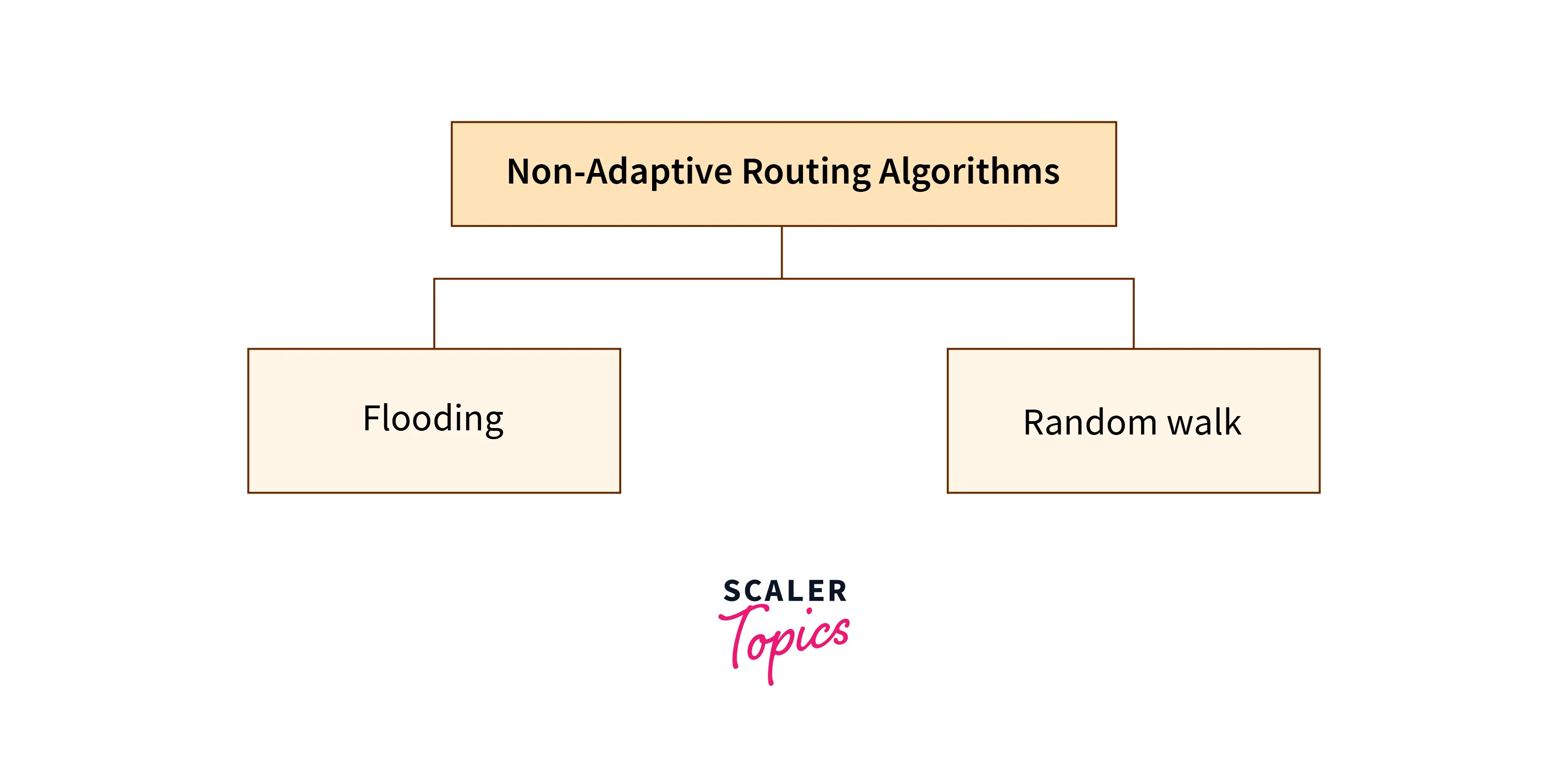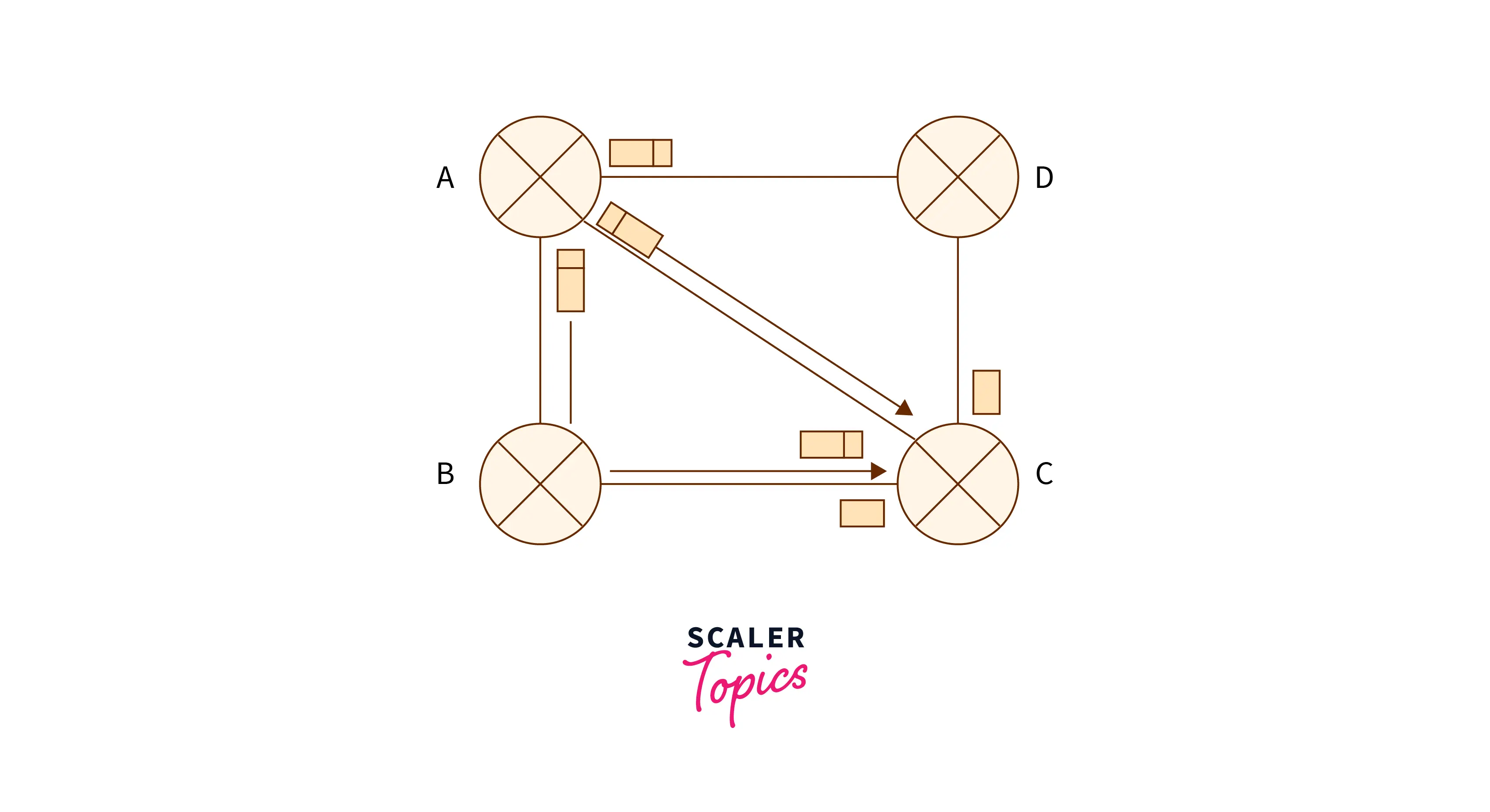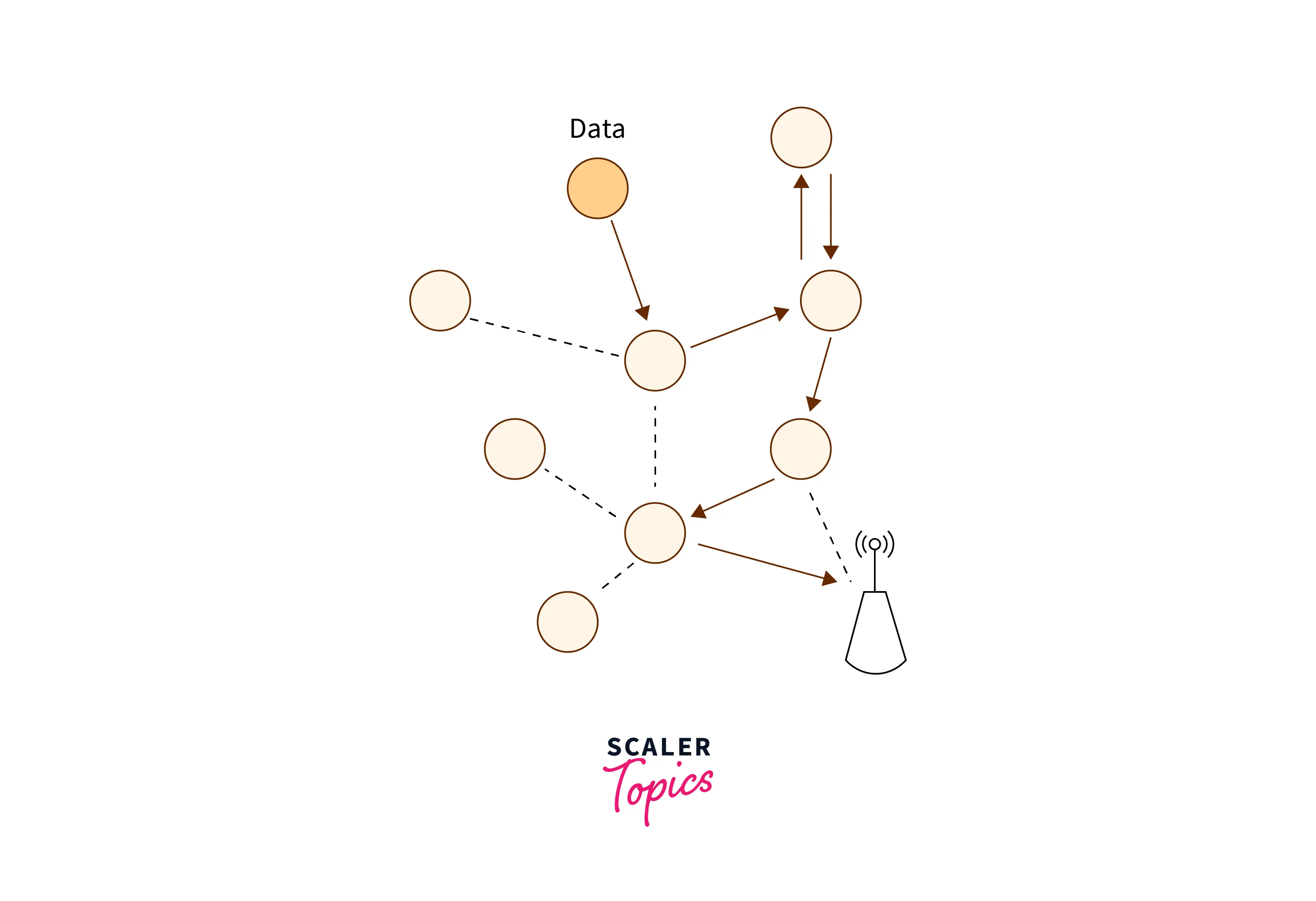Routing Algorithms in Computer Networks
Overview
Routing algorithms in computer networks could be a procedure that lays down the route or path to transfer information packets from the supply to the destination. They assist in directing web traffic with efficiency. Once an information packet leaves its store, it will select among the numerous methods to reach its destination. The routing formula mathematically computes the most straightforward path, i.e., the least–price path through which the packet will route.
The routing protocol could be a routing formula that gives the most straightforward path from the supply to the destination. The simplest path is the path that has the least-cost path from the source to the destination. Routing is the method of forwarding the packets from the supply to the destination; however, the most straightforward route to send the packets is set by the routing algorithms in computer networks
Introduction
Routing is the method of creating the routes that information messages should follow to succeed at the destination. During this method, a routing table is assembled that contains information concerning passages that data messages observe. Various routing algorithms are utilized to decide which route an arriving data packet must be transmitted on to succeed to the destination accurately.
Information in computer networks is transfigured into packets before being transferred from the supply to the target goal. The network layer determines the most effective path through which information packets are transmitted. The network layer supplies datagram and virtual circuit facilities and regulates the best pathway for packages to take from the resource to the target location. The network layers give a routing protocol, which may be a routing algorithm in computer networking that decides the best possible and minimum cost pathway for data communication from the supply to the destination location.
Types of Routing Algorithms in Computer Networks
The general classification of Routing algorithms in a computer network is into two types: adaptive and nonadaptive routing algorithms. They can be additionally classified as shown in the following diagram −

Adaptive Routing Algorithm
Some algorithms exchange their routing determinations whenever confirmation topology or traffic load changes. The changes in routing choices are a mirror in the topology because of the network's traffic. Additionally referred to as dynamic routing, these create the use of dynamic data like current topology, load, delay, etc., to pick out routes. Optimization specifications are distance, range of hops, and approximated transit time.
Following are the classification of the routing algorithm in computer algorithm:
(1) Isolated – During this technique, every node makes its routing choices, victimizing the data it has while not seeking information from alternative nodes. The sending nodes don't have data concerning the status of a selected link. The drawback is that it could also be dispatched packets through a congested connection, which may result in a delay.
(2) Centralized – During this technique, a centralized node has complete data concerning the network and makes all the routing choices. Often the precedence of this is just one node is needed to keep the data of the complete network, and also, the drawback is that if the central node proceeds down, the complete network is complete. The link state algorithm is centralized since it knows the cost of each link in the network.
(3) Distributed – During this technique, the node collects data from its neighbors and then makes the choice concerning routing the packets. A drawback is that the packet could be hindered if there is a modification among intervals during which it collects data and releases packets. It is also called a decentralized algorithm in a computer network as it calculates the least-cost pathway between source and goal.
Non-Adaptive Routing Algorithm
 Non Adaptive routing algorithm is a static routing algorithm in a computer network.
Non Adaptive routing algorithm is a static routing algorithm in a computer network.
It is called static routing, which could catch a route computed in advance and downloaded to routers when a router is booted.
Non Adaptive routing algorithms in computer networks do not keep the routing choice depending on the network topology or traffic.
A. Flooding:
It adjusts the methodology in which each approaching packet is dispatched on every departing line except from which it occurred. One drawback with this can be that packages could get into a loop so that a node could collect corresponding packets. These issues can be conquered with the assistance of chronological numbers, hop count, and spanning trees.
It uses lots of bandwidth.

B. Random Walks:
During this process, packets are dispatched host by host or node by node to at least one of its neighbors casually. The one can be an extremely robust methodology typically enforced by delivering packets onto the minimum queued link.

Differences between Adaptive and Non-Adaptive Routing Algorithms
Adaptive Routing algorithm
- An adaptive Routing algorithm is an algorithm that designs the routing table supported by the network circumstances.
- The dynamic routing process utilizes an adaptive routing algorithm.
- Routing selections are created based on topology and network traffic associated with them.
- The following are the types of adaptive routing algorithms: Centralized, isolated, and distributed.
- Adaptive Routing algorithms are additionally more complicated.
Non-Adaptive Routing Algorithm
- The Non-Adaptive Routing algorithm builds the static table to work out which node to send the packet to.
- The static routing process utilizes the Non-Adaptive Routing algorithm.
- Routing selections are static tables.
- The two types of Non Adaptive routing algorithms are namely flooding and random walks.
- Non-Adaptive Routing algorithms are easy to implement.
Routing v/s Flooding
Routing
- In Routing, algorithms generally require tables.
- In Routing algorithms, it may give the shortest path.
- Routing algorithms are less reliable.
- In Routing algorithms, traffic is less.
- No duplicate packets are present in the Routing algorithms.
Flooding
- In Flooding algorithms, it requires no table.
- In flooding algorithms, it always gives the shortest path.
- Flooding algorithms are more reliable.
- In flooding algorithms, traffic is high.
- Duplicate packets are present in flooding algorithms.
Embrace the power of networking principles and shape your future in technology. Enroll in our Free Computer Networking course and learn from industry experts!
Conclusion
- On the WorldWideWeb, two kinds of routing algorithmic programs are used unremarkably: a dynamic international link state program and a dynamic decentralized distance-vector algorithm.
- Various routing algorithms are wont to verify that route associate incoming information packet ought to absorb to achieve its destination efficiently. These algorithms modify their routing choices on the constellation or traffic load changes.
- Routing problems will quality information measure Restriction Hidden associated exposed terminal problems with a fallible shared broadcast radio channel Constraints on Resources.
- Mobility is very dynamic, with frequent path breaks and topology changes.
- Because the algorithmic routing program has the most impact on the general performance of your network, you must analyze the algorithms every protocol uses before deciding what to implement on your network.
- The primary job of the routing protocol is to produce the knowledge required by the algorithmic routing program to reckon its choices.
